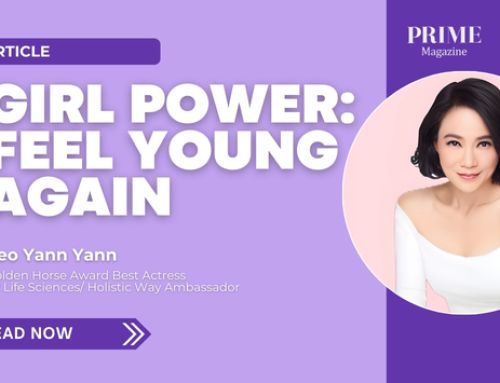
Have you ever noticed your hair shedding more after a tough period — like after a breakup, illness, or major deadline?
It’s not your imagination. Stress can absolutely impact your hair, and in some cases, it can lead to noticeable hair thinning. The good news? This kind of hair loss is usually temporary — and treatable.
Here’s how stress affects your hair, what’s really happening beneath the surface, and what you can do to stop the fallout.
What Is Stress-Related Hair Loss?
When your body is under physical or emotional stress, it may respond by shifting hair follicles from the growing phase into the shedding phase. This condition is called telogen effluvium.
It usually shows up 2–3 months after the stressful event. You might notice:
-
More hair on your pillow or in the shower
-
Thinner ponytails
-
Hair falling out when brushing
The shedding often happens all over the scalp — not in patches.
Why Does Stress Trigger Hair Loss?

Here’s what’s happening biologically:
-
Cortisol, the stress hormone, increases during emotional or physical strain
-
This disrupts the hair growth cycle, forcing more hairs into the telogen (resting) phase
-
After the resting phase, those hairs shed — sometimes all at once
Common triggers include:
-
Surgery or illness (such as COVID-19)
-
Major life events (divorce, job loss, grief)
-
Poor diet or sudden weight loss
-
Lack of sleep or burnout
How Long Does It Last?
The good news is that telogen effluvium is temporary. Hair usually starts to grow back after 3 to 6 months — once the underlying stress is resolved. But if the stress continues, the cycle can repeat.
How to Manage and Reverse Stress Hair Loss
You don’t need harsh treatments. In many cases, gentle care and recovery are enough. Start with these steps:
1. Lower Your Stress Hormones
-
Prioritise sleep (aim for 7–9 hours per night)
-
Try calming activities like yoga, meditation, or deep breathing
-
Set work-life boundaries and avoid overcommitting
2. Support Hair Growth Nutritionally

-
Eat enough protein — hair is made of keratin, a type of protein
-
Focus on iron, zinc, biotin, and vitamin D
-
A multivitamin may help if your diet is unbalanced
3. Use Gentle Haircare
-
Avoid tight hairstyles and frequent heat styling
-
Choose mild, sulfate-free shampoos
-
Try a scalp massage to boost circulation
4. Track Your Shedding Without Panicking
Some shedding is normal, especially in stressful times. If you’re seeing large clumps or bald patches, it’s worth checking with a professional.
When to See a Doctor
See a dermatologist or healthcare provider if:
-
You notice patchy hair loss
-
Your scalp is itchy, inflamed, or painful
-
Shedding lasts longer than six months
They may check for hormonal imbalances, thyroid problems, or iron deficiency.
In a Nutshell
Stress can cause hair to fall out — but in most cases, it will grow back. The most important step is to care for your overall well-being. When you manage stress, sleep better, eat well, and treat your hair gently, you give your body the best chance to restore healthy growth.
Your hair reflects your inner health. Support your mind and body, and your hair may bounce back beautifully. PRIME












Leave A Comment